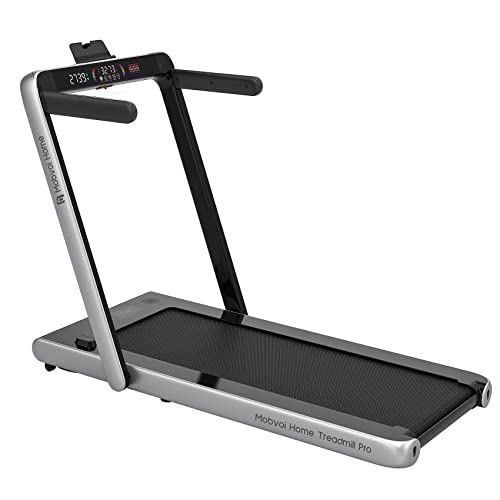Discovering the Manual Incline Treadmill: A Comprehensive Guide
As the physical fitness market constantly develops, with new devices and makers striking the market, one piece of equipment has remained a staple in lots of homes and fitness centers: the treadmill. Specifically, the manual incline treadmill provides an unique technique to cardiovascular physical fitness training. This guide looks into the functions, advantages, and factors to consider of utilizing a manual incline treadmill.
What is a Manual Incline Treadmill?
A manual incline treadmill is a non-motorized treadmill that needs users to power their motion by walking or running on the belt. Unlike standard treadmills, which count on electrical power to move the belt, manual incline treadmills depend solely on the user's energy. The incline setting, which can be adjusted, assists replicate uphill running, offering an effective exercise.
Secret Features of Manual Incline Treadmills
| Feature | Description |
|---|---|
| Manual Operation | Users need to move the belt themselves, making it a self-paced workout. |
| Adjustable Incline | Incline settings can be adjusted, offering differed resistance for a harder difficulty. |
| Compact Design | Typically more lightweight and compact than motorized treadmills, making them much easier to keep. |
| Long lasting Construction | Generally built with durable materials, created to hold up against extensive use. |
| Digital Display | Some models may feature a basic digital display screen to reveal time, range, and calories burned. |
Benefits of Using a Manual Incline Treadmill
1. Enhanced Cardiovascular Fitness
The manual incline treadmill efficiently raises heart rate, causing improved cardiovascular health. The incline setting requires more effort from the muscles, consequently increasing the general exercise intensity.
2. Adjustable Workouts
With manual treadmills, users have full control over their rate and incline. This feature enables them to customize workouts to align with physical fitness objectives, whether concentrating on endurance structure or interval training.
3. Lower Operating Costs
Manual incline treadmills do not require electricity, making them an economical option to traditional treadmills. This economical aspect attract those wanting to boost their home health club without sustaining high energy expenses.
4. Engaging Full-Body Workout
Running or walking on an incline engages multiple muscle groups, including the legs, glutes, and core. This total-body activation helps tone and enhance the body while burning extra calories.
5. Lowered Risk of Injury
The low-impact nature of a manual incline treadmill can be less taxing on the joints compared to high-impact aerobic workouts. However, users need to still practice good type and start gradually to lower the danger of strains or injuries.
Considerations When Using a Manual Incline Treadmill
Security First
While manual incline treadmills have lots of benefits, there are some security factors to consider to keep in mind:
- Falling Hazard: Since users propel the belt themselves, it is necessary to preserve a stable rate to prevent losing balance.
- Incline Levels: Adjusting the incline during use can be tough and requires cautious attention to maintain stability.
Correct Form and Technique
To make the most of the advantages while minimizing the risk of injury, users ought to emphasize correct running or walking type. This includes keeping the back straight, shoulders relaxed, and arms in a natural position.
How to Choose the Right Manual Incline Treadmill
Choosing the best manual incline treadmill is critical to attaining fitness objectives. Below are crucial elements to think about:
| Criteria | Suggestions |
|---|---|
| Weight Capacity | Ensure the treadmill can support your weight; many have capacities ranging from 250 to 400 pounds. |
| Adjustability | Try to find treadmills with multiple incline settings to provide workout variety. |
| Portability | Consider foldable designs if storage area is limited. |
| Comfort Features | Look for non-slip surfaces and cushioned running areas to enhance comfort. |
Frequently Asked Questions (FAQ)
1. How do I preserve a manual incline treadmill?
To preserve a manual treadmill, regularly check the belt for wear and ensure it runs smoothly. Clean the frame and running surface area, and examine the bolts and screws for signs of loosening.
2. Is a manual incline treadmill ideal for newbies?
Yes, manual incline treadmills can be appropriate for novices. Users can begin at a sluggish speed and slowly increase strength. However, it's important to understand one's physical fitness level and begin carefully.
3. Can I carry out interval training on a manual incline treadmill?
Absolutely. The adjustable incline function permits users to develop varied exercises, perfect for interval training. mouse click the next site between walking and performing at different slopes to keep workouts engaging and challenging.
4. Is a manual incline treadmill quieter than a motorized one?
Yes, due to the lack of a motor, manual incline treadmills typically operate more quietly, making them an excellent choice for shared areas.
5. Just how much area do I need for a manual incline treadmill?
Manual incline treadmills typically inhabit less area than motorized designs. Nevertheless, users need to ensure there's adequate space for motion around the treadmill for safety.
The manual incline treadmill offers an unique mix of benefits and adaptability, making it an outstanding option for those looking to boost their workout routine without counting on electrical power. From enhanced cardiovascular fitness to personalized training options, it supplies an extensive approach to physical fitness. By understanding its functions, benefits, and security considerations, users can pick the right design and integrate it effectively into their workout program. Whether used in a home gym or a bigger physical fitness center, a manual incline treadmill can be an indispensable tool for those concentrated on fitness.

